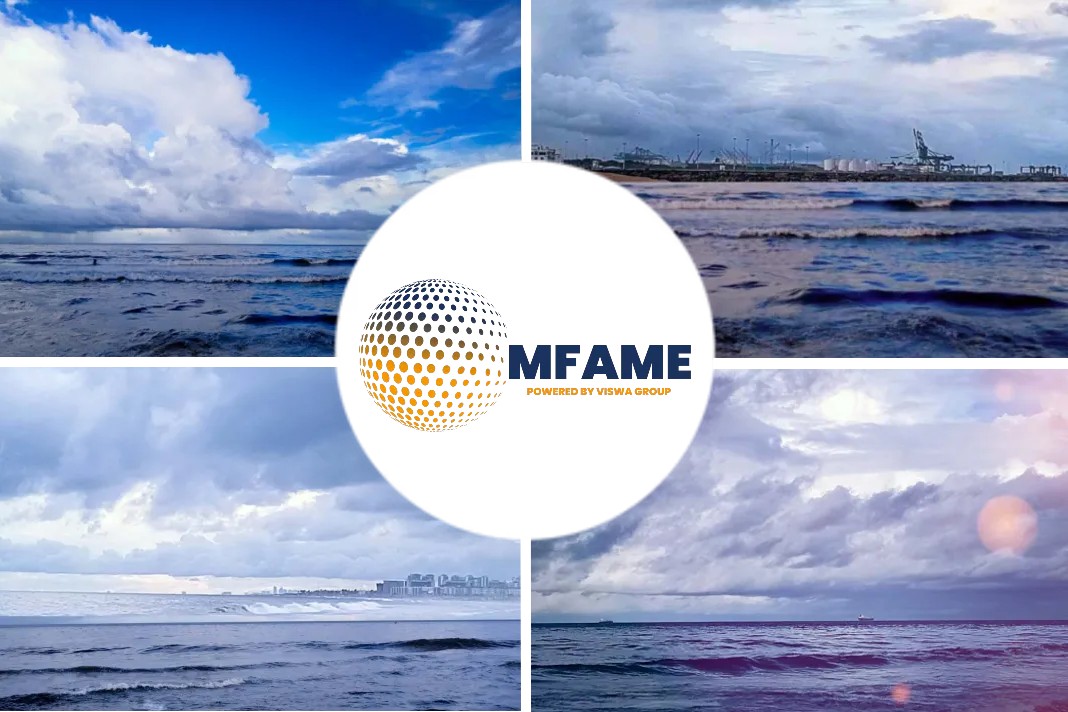Industry professionals have called for increased action to ensure maritime sustainability as stricter emissions rules approach, reports Government Europa.
Stringent restrictions
In 2020 the International Maritime Organization’s (IMO) new restrictions on maritime emissions will come into effect, limiting vessels to fuels which contain no more than 0.5% sulphur.
A reduction of 80%, compared to the current limit of 3.5%, in a measure approved by the IMO in 2018 in line with the guidelines laid out in the Paris climate agreement.
IMO’s goal
The IMO’s long term goal is to reduce the carbon emissions produced by the global shipping industry by at least 50% between 2008 and 2050.
To achieve this the maritime and shipping industries must make significant efforts towards maritime sustainability.
Sustainable future transition initiated
IMO Secretary General Kitack Lim said that the shipping industry, with the support of the IMO regulatory framework, has already started the transition towards this sustainable future.
He added saying that measures were adopted to :
- cut greenhouse gas emissions,
- reduce the sulphur content of ships’ fuel oil,
- implement the Ballast Water Management Convention,
- protect the polar regions,
- reduce marine litter,
- improve the efficiency of shipping through the electronic exchange of information,
- meet the challenges of the digitalisation of shipping and enhance the participation of women in the maritime community.
“We are strategically equipped, in line with the approach laid out in the IMO Secretariat’s SDGs Strategy to showcase our contribution to the [Sustainable Development Goals] and to act upon untapped opportunities of technologies, finance and new partnerships for the future benefit of the shipping industry and humankind.”
Expense involved
While the IMO has set ambitious targets and midpoint goals for maritime sustainability and emissions reduction, adaptation of existing fleets to meet stricter environmental requirements has been sporadic; with the financial outlay involved in obtaining greener vessels or converting existing ships to run on low sulphur fuel.
Lenders and investors are commonly reluctant to fund emerging or untested green shipping initiatives; while shipping operators often do not have spare sources of cashflow available to meet the high costs of sustainable conversion.
Cost the driver of change
Silverstream Technologies CEO Noah Silberschmidt said: “History has shown that cost remains the best driver of change. The split incentive between charterers and owners is arguably the most pressing and difficult question to answer when it comes to shipping’s sustainability drive. Whilst we are beginning to see some contractual changes in the market, further changes are needed.”
Did you subscribe to our daily newsletter?
It’s Free! Click here to Subscribe!
Source: Government Europa

























